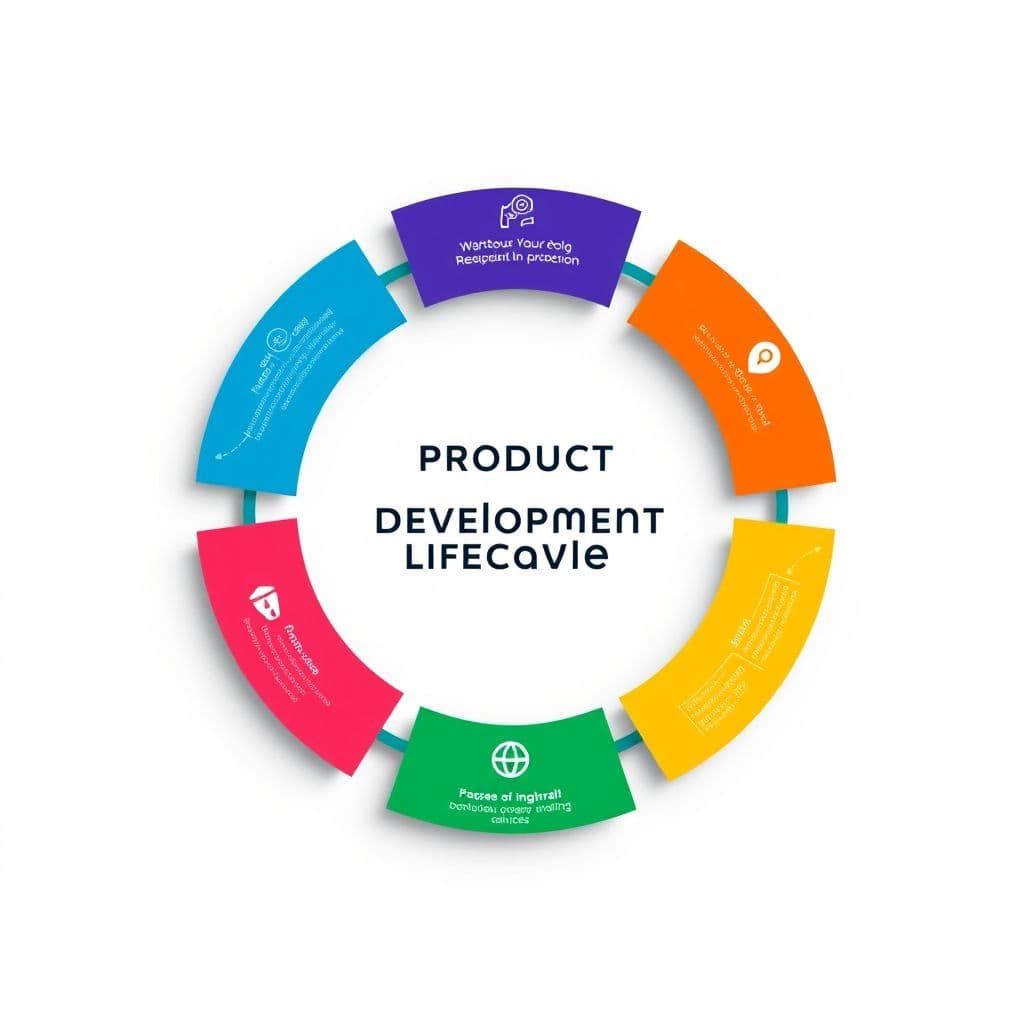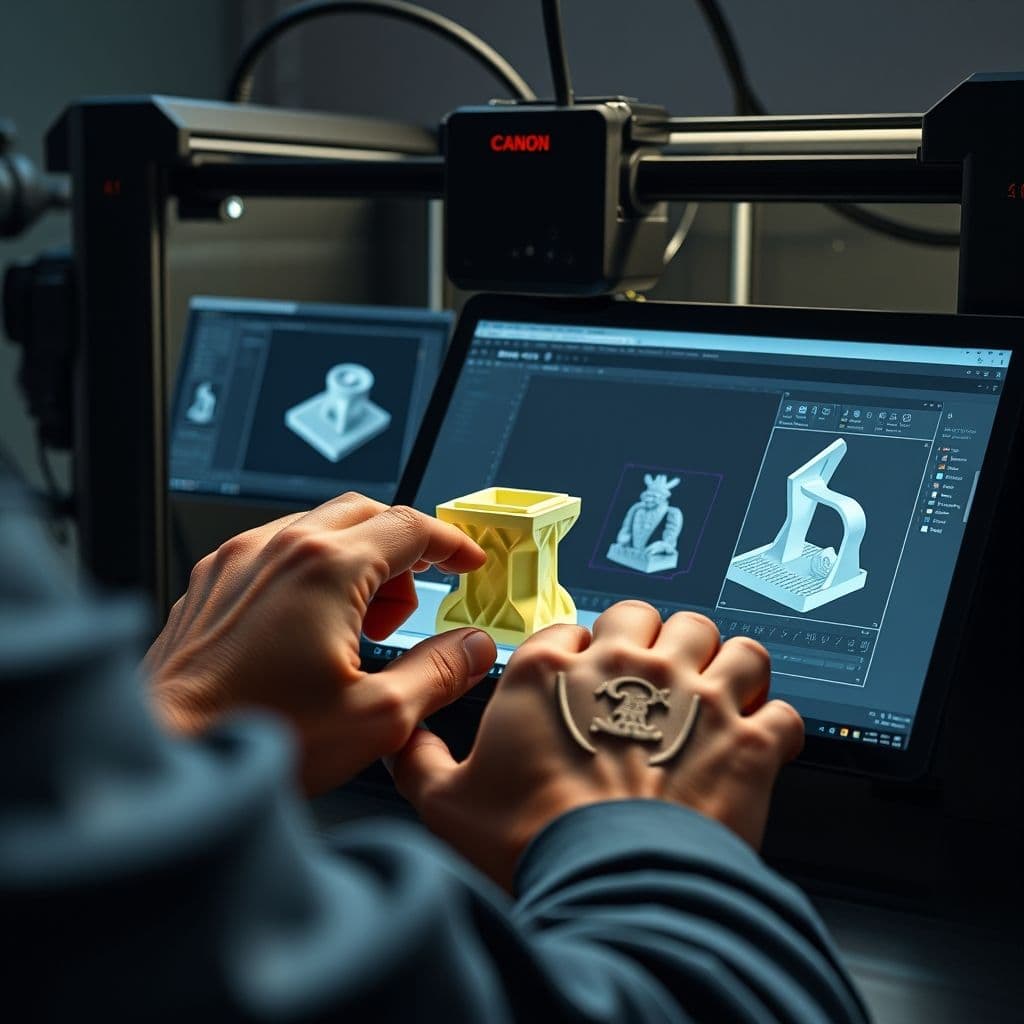Product Development Mastery: A Step-by-Step Guide to Building Successful Products

Product development is the backbone of successful businesses, transforming ideas into market-ready solutions. Whether you're an entrepreneur, product manager, or innovator, mastering this process gives you the power to create products that truly resonate with customers. This comprehensive guide breaks down product development into 8 actionable steps, complete with proven techniques and practical examples to help you navigate each phase with confidence. View original learning path
Step 1: Understand the Basics of Product Development
Product development is the complete process of bringing a new product to market, from initial concept to final launch. The process typically follows a structured lifecycle: idea generation, research, planning, prototyping, sourcing, costing, and commercialization. Understanding this lifecycle helps you anticipate challenges and allocate resources effectively. For example, tech companies often use Agile methodologies to iterate quickly, while consumer goods might follow a more linear Stage-Gate process.

Step 2: Learn Market Research and Analysis
Thorough market research separates successful products from failed experiments. Start with primary research like surveys (SurveyMonkey, Typeform) and interviews to understand customer pain points. Conduct competitor analysis using tools like SEMrush or Ahrefs to identify market gaps. For example, Dollar Shave Club succeeded by recognizing frustration with razor pricing before developing their subscription model. Always validate assumptions with real data before proceeding to ideation.
Step 3: Ideation and Concept Generation
Effective brainstorming techniques like SCAMPER (Substitute, Combine, Adapt, Modify, Put to another use, Eliminate, Reverse) can spark innovative ideas. Use idea screening matrices to evaluate concepts against criteria like feasibility and market potential. Airbnb's concept developed from the founders' need to earn extra money by renting air mattresses - showing how personal pain points can inspire breakthrough products. Always generate multiple concepts before selecting the strongest candidate.
Step 4: Product Design and Prototyping
Design thinking puts user needs at the center of product development. Tools like Figma (for digital products) or Fusion 360 (for physical products) help translate ideas into tangible designs. Rapid prototyping with 3D printing or mockups allows for quick iteration. The original Dyson vacuum went through 5,127 prototypes - demonstrating the value of persistence in design refinement. Remember: prototype early and often to catch issues before production.

Step 5: Testing and Validation
Usability testing with real users reveals unexpected pain points. Conduct A/B tests for digital products or focus groups for physical products. Performance testing should simulate real-world conditions - Tesla extensively tests batteries in extreme temperatures. Market testing through limited releases or crowdfunding campaigns (like Kickstarter) provides valuable feedback before full-scale production. Always be prepared to iterate based on test results.
Step 6: Manufacturing and Production
Effective supply chain management balances cost, quality, and reliability. Implement quality control measures like Six Sigma to minimize defects. Production planning should account for lead times, minimum order quantities, and scalability. The iPhone's success relies heavily on Apple's meticulous production planning and supplier relationships. Consider starting with small batches to test manufacturing processes before scaling up.
Step 7: Launch and Commercialization
A strong go-to-market strategy aligns pricing, distribution, and promotion. Pricing strategies (cost-plus, value-based, or competitive) should reflect your product's position in the market. The launch of Slack focused on organic growth through word-of-mouth in tech communities before broader marketing. Coordinate all launch activities for maximum impact, from PR to sales team training.
Step 8: Post-Launch Evaluation and Improvement
Continuous improvement separates good products from great ones. Monitor KPIs like customer retention, Net Promoter Score, and defect rates. Analyze customer feedback across all channels - Amazon constantly iterates based on customer reviews. Implement a system for prioritizing and implementing improvements. Remember that product development doesn't end at launch - it's an ongoing cycle of refinement.

Conclusion
Mastering product development gives you the power to turn ideas into successful, market-ready products. By following these eight steps - from thorough market research to continuous post-launch improvement - you'll significantly increase your chances of creating products that resonate with customers and stand the test of time. Remember that great products are rarely perfect on the first try; they evolve through careful iteration and customer feedback.
Frequently Asked Questions
- How long does the product development process typically take?
- Timelines vary significantly by product complexity. Simple consumer goods might take 3-6 months, while complex tech products often require 12-24 months. The key is balancing speed with thorough testing and validation.
- What's the most common mistake in product development?
- Skipping proper market research is the most frequent and costly mistake. Many teams fall in love with their idea without validating if it solves a real customer problem. Always test assumptions before investing heavily in development.
- How much does product development typically cost?
- Costs range from a few thousand dollars for simple digital products to millions for complex physical goods. The majority of expenses typically come in the manufacturing and launch phases. Creating a detailed budget early helps prevent surprises.
- What skills are most important for product development?
- Critical skills include market research, project management, design thinking, data analysis, and cross-functional collaboration. Technical skills like CAD or coding help depending on the product type, but the ability to understand customer needs is universally important.





